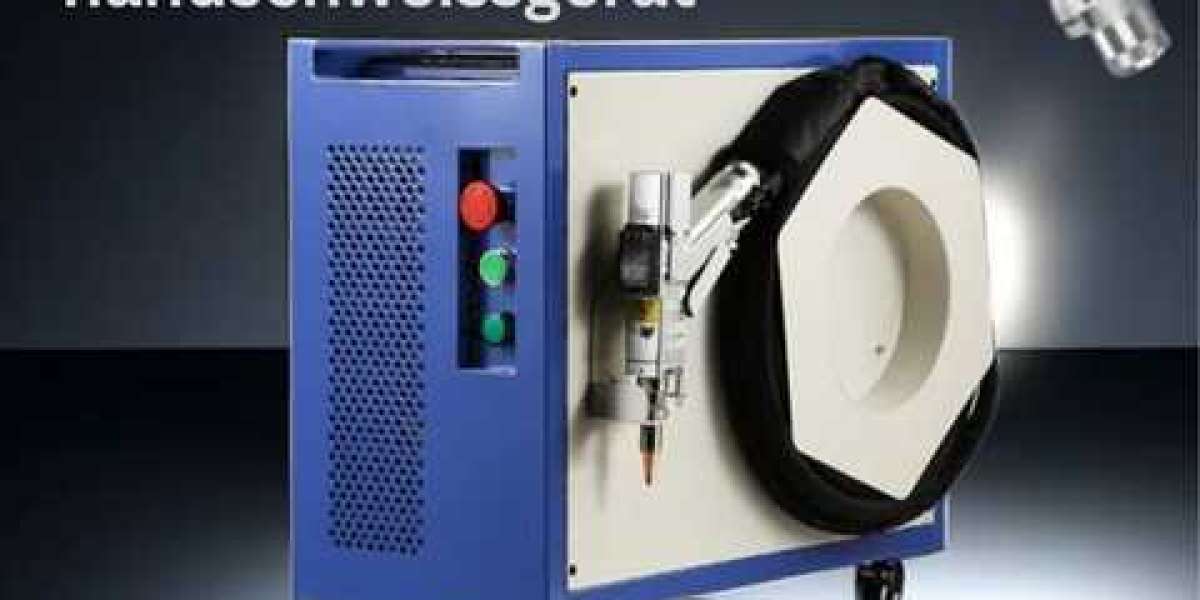Laser marking systems have revolutionized the way industries apply identification, decoration, and coding on various materials. Unlike traditional marking methods, laser marking does not rely on physical contact or the use of inks, paints, or chemicals. This raises a compelling question: how exactly does a laser marking system create permanent marks on surfaces so precisely and durably without touching the material?
To understand this, we must delve into the science and technology behind laser marking systems and explore their operational principles.
The Core Principle Behind Laser Marking Systems
At the heart of every laser marking system is a highly focused beam of light generated by a laser source. This laser beam carries intense energy concentrated in a very small spot. When this beam is directed onto the surface of a material, it interacts with the material’s surface at a microscopic level.
This interaction depends on the type of material and the settings of the laser system, including power, speed, and frequency. The laser beam can alter the surface by heating it rapidly, causing physical or chemical changes such as ablation (removal of material), discoloration, oxidation, or melting.
Because the laser does not physically touch the material, it eliminates the need for stamps, printing plates, or chemical inks. The result is a highly precise and permanent mark that can be controlled by software with minimal waste and maintenance.
Types of Laser Marking Processes
Several processes enable laser marking systems to create diverse markings on a wide range of materials:
Laser Engraving: The laser removes a thin layer of the surface to create a recessed mark. This is common for metals and plastics where depth and texture are needed.
Annealing: Primarily used on metals, annealing changes the color of the metal by heating it without removing material. This results in a contrasting mark without damaging the surface integrity.
Foaming: Used mainly on plastics, the laser heats the material causing trapped gas bubbles to form under the surface, creating a raised white mark.
Carbonization: In organic materials like wood or leather, the laser causes a reaction that burns the surface slightly, turning the marked area darker.
Each method relies on the controlled application of laser energy to induce a physical or chemical transformation, resulting in a permanent mark that resists wear, fading, or corrosion.
Precision and Control in Laser Marking Systems
One reason laser marking systems are highly favored across industries is their precision. Computer-controlled laser systems can position the laser beam with sub-millimeter accuracy, making it possible to create detailed logos, serial numbers, barcodes, and intricate designs even on tiny parts.
This precision is made possible by galvanometer scanners or CNC-controlled laser heads that move the laser beam rapidly and accurately over the surface according to digital design files.
Because the marking is software-driven, changes in design or content can be implemented instantly without the need for physical tooling or setup changes, unlike traditional printing or stamping methods.
Materials Compatible with Laser Marking Systems
Laser marking systems are versatile and capable of marking almost any material. These include:
Metals (steel, aluminum, titanium, copper)
Plastics (ABS, polycarbonate, polyethylene)
Ceramics
Glass
Wood and leather
Paper and cardboard
The type of laser used (fiber, CO2, or diode lasers) varies based on the material and marking process. Fiber lasers are typically preferred for metals due to their high precision and power, while CO2 lasers are effective on organic materials and plastics.
This versatility enables industries like automotive, aerospace, electronics, medical devices, packaging, and jewelry to rely on laser marking systems for product identification, traceability, and branding.
Environmental and Operational Impact
Since laser marking systems do not require consumables like inks or solvents, they contribute to a cleaner production environment. The process is also contactless, which means less risk of damaging delicate components.
Additionally, laser marking systems typically have low maintenance requirements, with no need for print heads or replacement inks. This can translate into lower operational costs and higher uptime in manufacturing settings.
Integration and Automation
Modern laser marking systems are designed to integrate seamlessly with production lines. They can be paired with conveyor systems, robotics, and machine vision for automated marking and inspection.
This integration ensures consistent quality, faster processing speeds, and traceability. Industries with high-volume production needs benefit from such automation, maintaining efficiency without sacrificing marking quality.
Promotional Perspective: Why Choose a Laser Marking System?
Businesses aiming to improve their product identification and branding often look for marking solutions that combine durability, flexibility, and minimal environmental impact. Laser marking systems offer a future-ready solution that fits these requirements.
With the ability to mark a wide range of materials quickly and precisely, these systems enhance traceability and compliance without the need for frequent tooling changes or consumable supplies.
Companies investing in laser marking technology can expect consistent results, adaptability to evolving marking needs, and integration capabilities that support automation and smart manufacturing.
Final Thoughts
A laser marking system fundamentally transforms how marks and codes are applied by using highly concentrated light energy to induce permanent changes on material surfaces without physical contact or inks. Its precision, versatility, and automation compatibility make it an essential tool across many industries.
By embracing laser marking systems, manufacturers not only streamline their marking processes but also future-proof their operations with technology that supports efficiency, consistency, and environmental responsibility.


